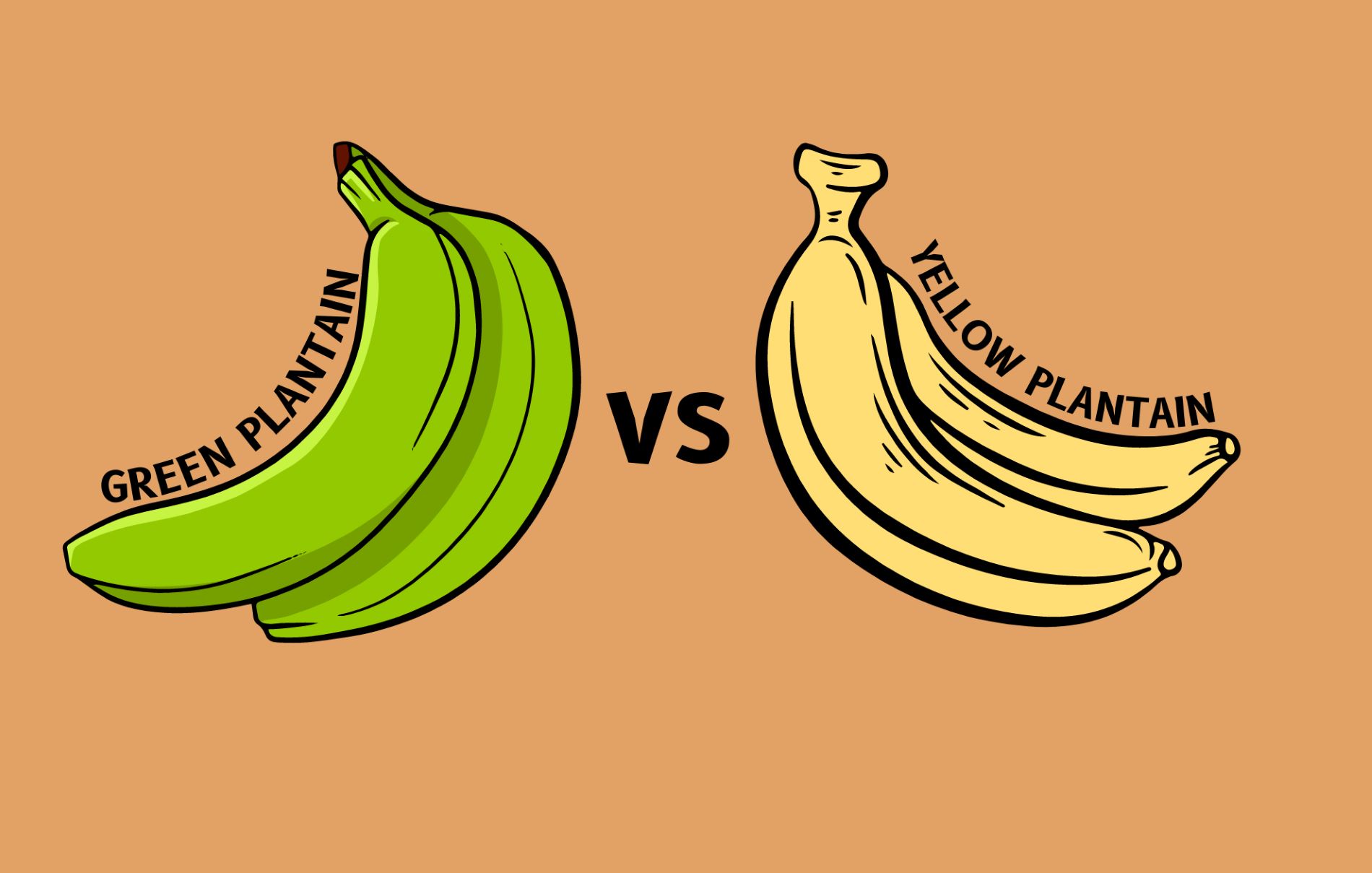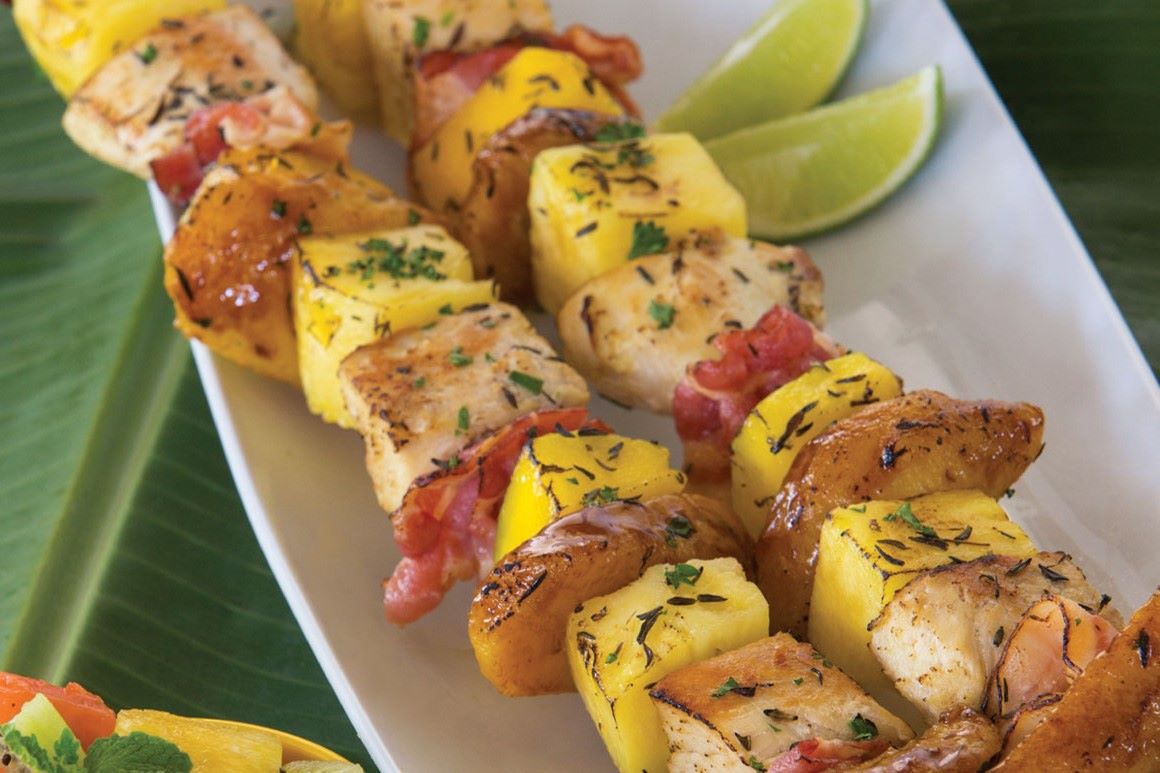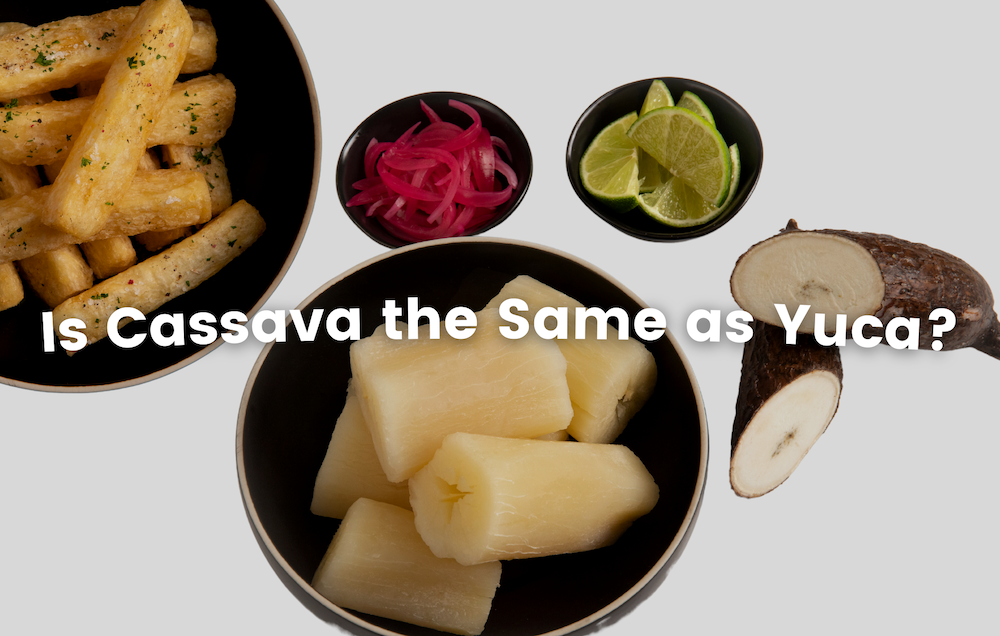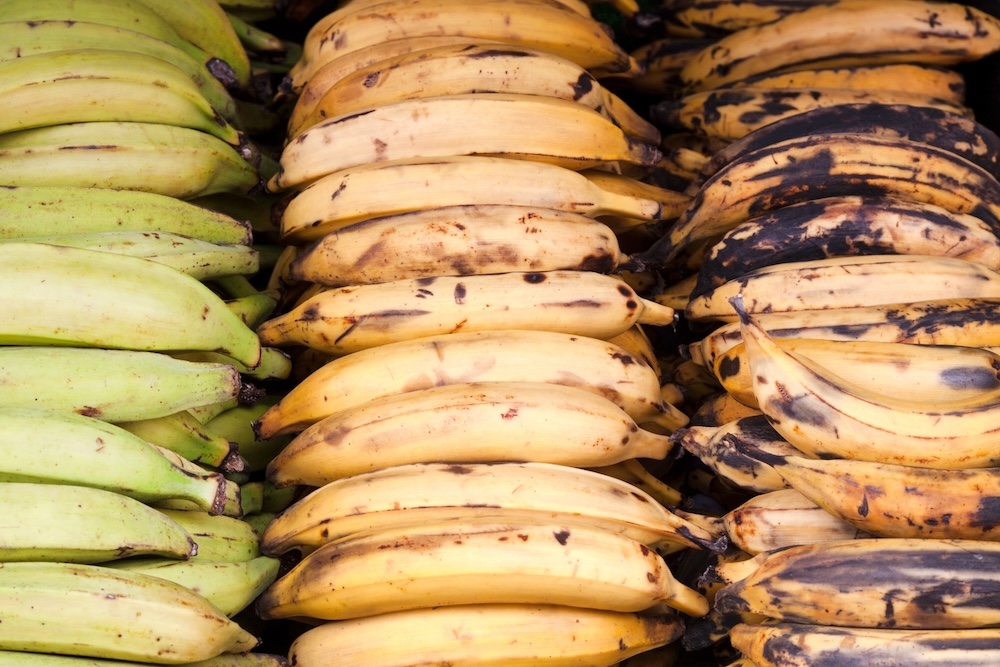Green Plantains vs Yellow Plantains: What’s the Difference?

At first sight, it’s easy to mistake a plantain for a banana. There are several different varieties of banana-like fruits, which are all part of the same family, but taste very different from each other.
WHAT ARE PLANTAINS?
Commonly referred to as a “cooking banana” or platano in Spanish, a plantain can easily be mistaken for a banana. Plantains are a fruit, consumed as a vegetable and are a good source of Potassium as well as Vitamin A. Plantains can be grown year-round which makes them a valuable, reliable food source in countries across the globe from Central and South America to the Caribbean, India, Africa and Asia.
PLANTAIN STAGES OF RIPENESS
Plantains can be cooked at any stage of ripeness – from green, to yellow or black – to create a variety of dishes from appetizers to desserts. Plantains taste different at each stage of development, though the interior color of the fruit will remain creamy, yellowish or lightly pink.
GREEN PLANTAINS
When the peel is green to yellow, the flavor of the plantain is bland and has a starchy texture. It’s also important to note that raw plantains must be cooked prior to consuming. This is the optimal stage to make savory foods such as tostones, which are versatile, tender, and crunchy.

From the Spanish verb tostar which means “to toast”, tostones are green plantains that are peeled and sliced length-wise and then twice-fried. (See also: patacon)
RIPE (YELLOW) PLANTAINS
As the peel changes to brown or black, it has a sweeter flavor and more of a banana aroma, but still keeps a firm shape when cooked. When prepared at this stage, plantains can be used to make sweet, filling, and satisfying platanos maduros.

Spanish word for “ripened”, maduros also refers to a Latin side dish made up of sweet ripe plantains that are typically sliced on a bias and fried.
WHAT DO PLANTAINS TASTE LIKE?
Plantains have a unique taste that evolves as they ripen, offering a versatile flavor profile suitable for a wide range of dishes.
- Green Plantains: At their unripe stage, green plantains are starchy and firm with a mild, slightly earthy flavor. They are often compared to potatoes and are perfect for savory dishes like tostones or plantain chips.
- Yellow Plantains: As plantains ripen and turn yellow, they develop a touch of sweetness while retaining their firm texture. This makes them ideal for dishes that balance savory and sweet, such as baked or fried plantains.
- Black Plantains: Fully ripe plantains with blackened skin are the sweetest, boasting a rich, caramel-like flavor. Their soft texture is perfect for desserts or sweet side dishes like platanos maduros.
No matter the ripeness, plantains offer a delicious combination of flavor and versatility that make them a staple in cuisines worldwide.
CONCLUSION
No matter what type of plantain you choose, you can count on MIC Food® for all your tropical food needs.
Here at MIC Food® we are helping chefs, restaurants, industrial kitchens, retail brands, delis, and others in the food industry rethink their menus by providing a variety of plantain products that come peeled and cut, ready-to-heat and serve, saving you hours of prep time so you can focus on what matters the most: making every meal memorable.
Ask Our Chef about how you can incorporate plantains into your menu! Or read up on our Big Banana® brand to find which product best suits you.
Hungry for more? Check out our recipe library for more inspiration!
Relates Articles: Bananas vs Plantains, Traditional Toston vs Hawaiian Tostones, Plantain 101: What are Plantains?
SOURCES:
https://www.promusa.org/Plantain+subgroup#footnote1
https://myhawaiianhome.blogspot.com/2009/10/tostones.html
https://foodandnutrition.org/blogs/stone-soup/difference-bananas-plantains/
https://www.healthline.com/health/food-nutrition/plantain-nutrition-benefits
https://www.nutrition-and-you.com/plantains.html
https://www.theplantaincouncil.com/about-the-plantain



